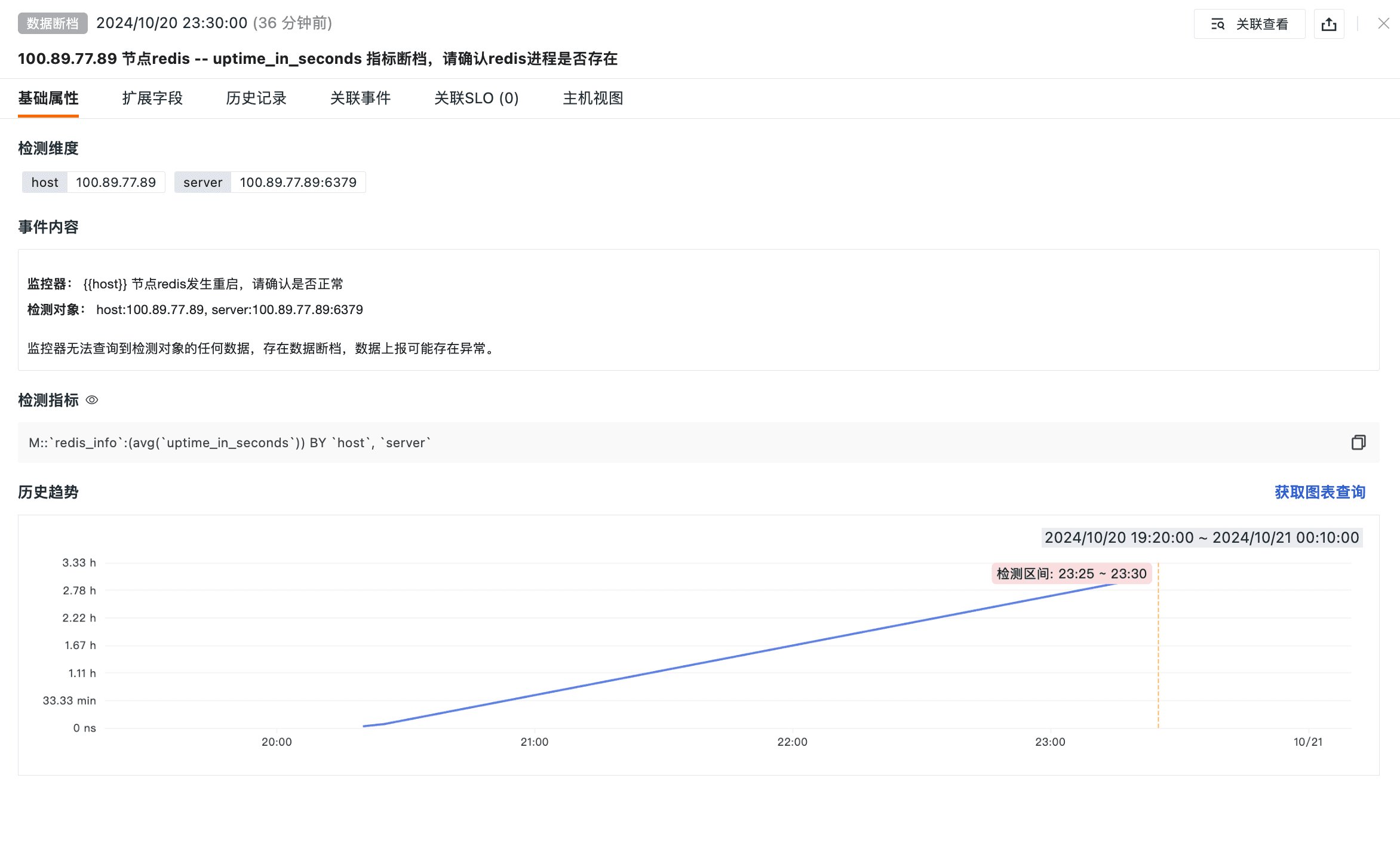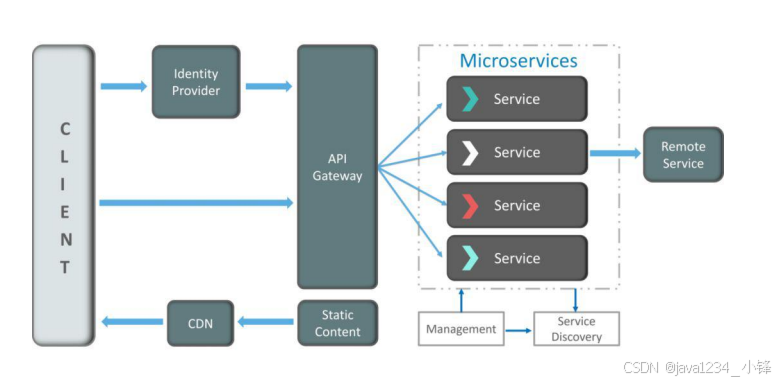一、模型保存与加载
1、序列化方式
保存方式:torch.save(model, "model.pkl")
打开方式:model = torch.load("model.pkl", map_location="cpu")
import torch
import torch.nn as nn
class MyModle(nn.Module):
def __init__(self, input_size, output_size):
super(MyModle, self).__init__()
self.fc1 = nn.Linear(input_size, 128)
self.fc2 = nn.Linear(128, 64)
self.fc3 = nn.Linear(64, output_size)
def forward(self, x):
x = self.fc1(x)
x = self.fc2(x)
output = self.fc3(x)
return output
model = MyModle(input_size=128, output_size=32)
# 序列化方式保存模型对象
torch.save(model, "model.pkl")
# 注意设备问题
model = torch.load("model.pkl", map_location="cpu")
print(model)
2、保存模型参数
设置需要保存的模型参数:
save_dict = {
"init_params": {
"input_size": 128, # 输入特征数
"output_size": 32, # 输出特征数
},
"accuracy": 0.99, # 模型准确率
"model_state_dict": model.state_dict(),
"optimizer_state_dict": optimizer.state_dict(),
}
保存模型参数:torch.save(save_dict, "名称.pth"),一般使用 pth 作为后缀
创建新模型时调用保存的模型参数:
加载模型参数:torch.load("名称.pth")
input_size = save_dict["init_params"]["input_size"]
import torch
import torch.nn as nn
import torch.optim as optim
class MyModle(nn.Module):
def __init__(self, input_size, output_size):
super(MyModle, self).__init__()
self.fc1 = nn.Linear(input_size, 128)
self.fc2 = nn.Linear(128, 64)
self.fc3 = nn.Linear(64, output_size)
def forward(self, x):
x = self.fc1(x)
x = self.fc2(x)
output = self.fc3(x)
return output
save_dict = torch.load("模型参数保存名称.pth")
model = MyModle(
input_size=save_dict["init_params"]["input_size"],
output_size=save_dict["init_params"]["output_size"],
)
# 初始化模型参数
model.load_state_dict(save_dict["model_state_dict"])
optimizer = optim.SGD(model.parameters(), lr=0.01)
# 初始化优化器参数
optimizer.load_state_dict(save_dict["optimizer_state_dict"])
# 打印模型信息
print(save_dict["accuracy"])
print(model)
二、数据增强
具体参考官方文档:Illustration of transforms — Torchvision 0.20 documentation
1、官方代码-主体
import matplotlib.pyplot as plt
import numpy as np
import torch
from PIL import Image
plt.rcParams["savefig.bbox"] = "tight"
torch.manual_seed(0)
orig_img = Image.open("../../data/1.png")
def plot(imgs, title, with_orig=True, row_title=None, **imshow_kwargs):
if not isinstance(imgs[0], list):
# Make a 2d grid even if there's just 1 row
imgs = [imgs]
num_rows = len(imgs)
num_cols = len(imgs[0]) + with_orig
fig, axs = plt.subplots(nrows=num_rows, ncols=num_cols, squeeze=False)
plt.title(title)
for row_idx, row in enumerate(imgs):
row = [orig_img] + row if with_orig else row
for col_idx, img in enumerate(row):
ax = axs[row_idx, col_idx]
ax.imshow(np.asarray(img), **imshow_kwargs)
ax.set(xticklabels=[], yticklabels=[], xticks=[], yticks=[])
if with_orig:
axs[0, 0].set(title="Original image")
axs[0, 0].title.set_size(8)
if row_title is not None:
for row_idx in range(num_rows):
axs[row_idx, 0].set(ylabel=row_title[row_idx])
plt.tight_layout()
plt.show()2、固定转换
2.1、pad 边缘填充
就是在照片周围添加黑色框区域
padded_imgs = [v2.Pad(padding=padding)(orig_img) for padding in (3, 10, 30, 50)]
plot([orig_img] + padded_imgs, "v2.Pad")
2.2、resize 大小调整
resized_imgs = [v2.Resize(size=size)(orig_img) for size in (30, 50, 100, orig_img.size)]
plot([orig_img] + resized_imgs, "v2.Resize")
2.3、center crop 中心裁剪
center_crops = [
v2.CenterCrop(size=size)(orig_img) for size in (30, 50, 100, orig_img.size)
]
plot([orig_img] + center_crops, "v2.CenterCrop")
2.4、five crop 周边裁剪
(top_left, top_right, bottom_left, bottom_right, center) = v2.FiveCrop(size=(100, 100))(
orig_img
)
plot(
[orig_img] + [top_left, top_right, bottom_left, bottom_right, center], "v2.FiveCrop"
)
3、随机转换
3.1、RandomRotation 随机旋转
rotater = v2.RandomRotation(degrees=(0, 180)) # 随机从0-180获取一个数值
rotated_imgs = [rotater(orig_img) for _ in range(4)] # 根据随机数值得到角度转变
plot([orig_img] + rotated_imgs)
3.2、RandomAffine 随机仿射
affine_transfomer = v2.RandomAffine(degrees=(30, 70), translate=(0.1, 0.3), scale=(0.5, 0.75))
affine_imgs = [affine_transfomer(orig_img) for _ in range(4)]
plot([orig_img] + affine_imgs)
4、数据增强整合
from PIL import Image
from pathlib import Path
import matplotlib.pyplot as plt
import numpy as np
import torch
from torchvision import transforms, datasets, utils
def test001():
# 定义数据增强和预处理步骤
transform = transforms.Compose(
[transforms.RandomHorizontalFlip(), # 随机水平翻转
transforms.RandomRotation(10), # 随机旋转 ±10 度
transforms.RandomResizedCrop( 32, scale=(0.8, 1.0) ), # 随机裁剪到 32x32,缩放比例在0.8到1.0之间
transforms.ColorJitter(
brightness=0.2, contrast=0.2, saturation=0.2, hue=0.1
), # 随机调整亮度、对比度、饱和度、色调
transforms.ToTensor(), # 转换为 Tensor
transforms.Normalize((0.5, 0.5, 0.5), (0.5, 0.5, 0.5)), # 归一化
]
)
# 加载 CIFAR-10 数据集,并应用数据增强
trainset = datasets.CIFAR10(
root="../../data", train=True, download=True, transform=transform
)
trainloader = torch.utils.data.DataLoader(
trainset, batch_size=4, shuffle=True, num_workers=2
)
# 显示增强后的图像
dataiter = iter(trainloader)
images, labels = next(dataiter)
def imshow(img):
img = img / 2 + 0.5 # 反归一化
npimg = img.numpy()
plt.imshow(np.transpose(npimg, (1, 2, 0)))
plt.show()
imshow(utils.make_grid(images))
test001()三、神经网络
1、人工神经元
接收多个输入的信息并进行加权求和,使用激活函数处理得到最后结果。


人工神经元的设置方法是对比生物神经元的结构:
| 生物神经元 | 人工神经元 |
|---|---|
| 细胞核 | 节点 (加权求和 + 激活函数) |
| 树突 | 输入 |
| 轴突 | 带权重的连接 |
| 突触 | 输出 |
2、神经网络
由大量人工神经元按层次结构连接而成的计算模型,上一层的神经元输出作为下一层神经元的输入,层之间的神经元并无连接。
2.1、结构
输入层:整个神经网络的第一层,负责接收外部数据,不做任何计算。
隐藏层:位于神经网络输入层与输出层之间的内容,进行特征提取、转化、计算等操作,一般为多层神经元组成。
输出层:接收隐藏层的计算结果,产生预测结果或分类结果
2.2、全连接神经网络
每一层的单个神经元都与上一层的所有神经元连接,一般用于图像分类、文本等。

3、参数初始化(权重、偏置)
权重和偏置:model.weight、model.bias
初始化使用 torch.nn.init 库的方法
3.1、固定值初始化--全零化、全1化、常数化
将参数所有数据变成固定值,一般不用于初始化权重(会破坏对称性),用于初始化偏置。
torch.nn.init.zeros_(model.weight) :参数为初始化对象,只能一个tensor。
torch.nn.init.ones_(model.weight) :参数为初始化对象,只能一个tensor。
torch.nn.init.constant_(model.weight) :参数1为初始化对象,只能一个tensor;参数2为设置的浮点数。
from torch.nn import Linear
import torch.nn
model = Linear(4,1)
# 参数只有一个,初始化对象,不能一次初始化多个对象
torch.nn.init.zeros_(model.weight)
torch.nn.init.zeros_(model.bias)
print(model.weight,model.bias)
torch.nn.init.ones_(model.weight)
torch.nn.init.ones_(model.bias)
print(model.weight,model.bias)
model = Linear(4,1)
# 使用叶子节点来初始化为0
model.weight.detach().zero_()
model.bias.detach().zero_()
print(model.weight,model.bias)
model = Linear(4,1)
# 参数第一个为初始化对象,第二个为设定的浮点数;
# 不能一次初始化多个对象
torch.nn.init.constant_(model.weight,5.)
torch.nn.init.constant_(model.bias,5.)
print(model.weight,model.bias)3.2、随机初始化
normal_、uniform_:将权重初始化为随机的小值,通常从正态分布或均匀分布中采样;能避免对称性破坏。
from torch.nn import Linear
import torch.nn
model = Linear(4,1)
# 参数第一个为初始化对象;
# 参数2、3为均值和标准差,默认 0,1标准正太分布
torch.nn.init.normal_(model.weight)
torch.nn.init.normal_(model.bias)
print(model.weight,model.bias)
# 参数第二个和第三个为下界和上界,默认0-1
torch.nn.init.uniform_(model.weight, 0,1)
torch.nn.init.uniform_(model.bias)
print(model.weight,model.bias)3.3、Xavier 初始化
对随机初始化添加取值限制。

平衡了输入和输出的方差,适合Sigmoid 和 Tanh 激活函数或浅层网络。
from torch.nn import Linear
import torch.nn
model = Linear(4,1)
# 参数第一个为初始化对象;
# 第二个参数 gain 是缩放因子
torch.nn.init.xavier_normal_(model.weight)
print(model.weight)
torch.nn.init.xavier_uniform_(model.weight)
print(model.weight)
"""
常见的 gain 值:
线性激活函数:gain = 1.0(默认值)
Sigmoid 激活函数:gain = 1.0
Tanh 激活函数:gain = 5/3(约等于 1.653)
ReLU 激活函数:gain = sqrt(2)(约等于 1.414)
Leaky ReLU 激活函数:gain = sqrt(2 / (1 + negative_slope^2)),其中 negative_slope 是 Leaky ReLU 的负斜率,默认值为 0.01。
"""3.4、He初始化 (kaiming 初始化 )
专门为 ReLU 激活函数设计;权重从以下分布中采样 ,
是当前层的输入神经元数量。
from torch.nn import Linear
import torch.nn
model = Linear(4,1)
# 参数第一个为初始化对象;
# a 为负斜率的值(relu负数为0,所以此参数只有在relu衍生的函数有效 leaky_relu)
# nonlinearity 默认 leaky_relu
# mode 默认 fan-in 使用输入单元数量计算初始化值
torch.nn.init.kaiming_normal_(model.weight)
print(model.weight)
torch.nn.init.kaiming_uniform_(model.weight)
print(model.weight)


















